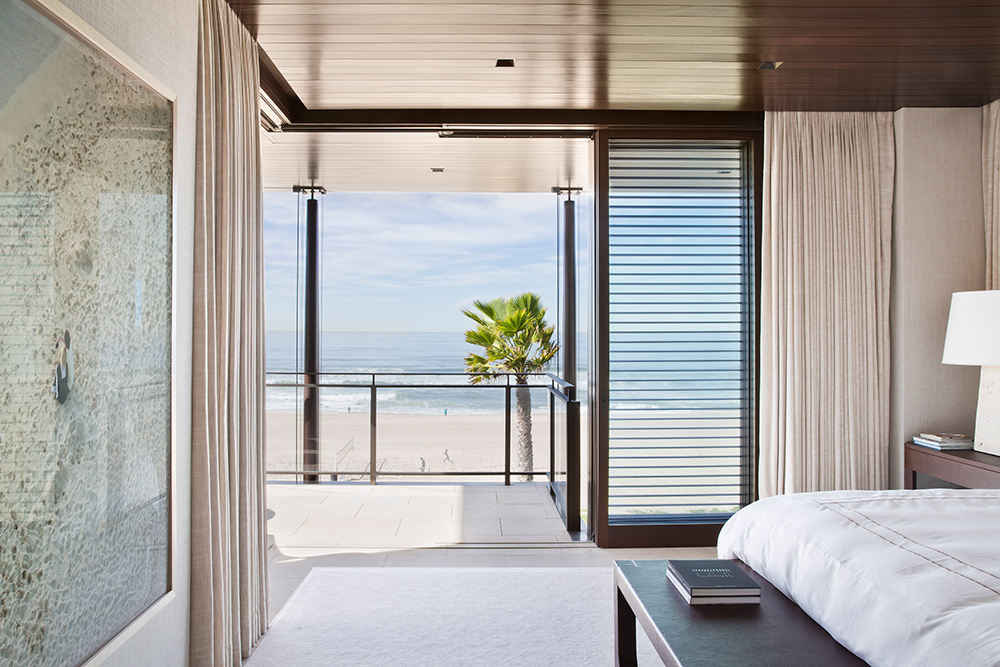
Most architects, designers, and contractors recognize the importance of managing natural light exposure in a home’s interior spaces.
They understand how sunlight can enhance well-being, impact energy efficiency, damage furnishings and finishes, and diminish a homeowner’s overall satisfaction.
Yet they may neglect discussing the issue with their clients—either because they aren’t sure how to approach the topic or because it gets lost in the barrage of other client decisions that need to be made.

Here are four recommendations for bringing daylight control out of the shadows and onto the mainstage of your client interactions.
1. Engage with clients early in the process.
Ideally, daylight control should be part of your foundational conversations with your clients about their overall project goals.
It’s during these early discussions that you can assess their needs and develop design and construction solutions that best meet them.
Clients can also make more thoughtful decisions when they have a thorough understanding of all the factors to consider, including energy use, aesthetics, ambiance, comfort, and safety.
3. Strive for simplicity.
Caution your clients not to get so dazzled by technology that they lose sight of their primary goals. Help them identify simple, practical solutions that align with their daily needs and behaviors.
From what I’ve observed, most individuals who have built two houses over the last several years have scaled back their technology investments the second time around. That’s because they discover technology is not always necessary—or even helpful—so they opt for simpler solutions.
2. Align your conversations with their lifestyle and preferences.
Rather than treating natural light as a secondary, aesthetic-driven decision, weave the topic into your ongoing client conversations about their overall lifestyle requirements and preferences.
Ask them how they are planning to use each space—and at what time(s) of day. Answers to these questions will help determine the size and orientation of glass as well as the best ways to modulate brightness, glare, and excess heat in interior spaces.
As a large segment of the population continues to work from home, your clients may also want to create productive, glare-free work environments that effectively accommodate the lighting demands of Zoom calls and webinars.

4. Fully educate them about natural light.
Most of your clients are likely drawn to large windows and glass walls so they can enjoy outside views and connect to their natural surroundings.
But they may not fully understand how sunlight can impact their comfort, health, and well-being. Light has been proven to improve alertness, boost mood, and stabilize circadian rhythms. It’s even effective at decreasing depression scores and increasing cognitive performance.
On the flipside, excess sunlight can disrupt sleep; create annoying glare; and damage color on fabrics, artwork, paint, and other finishes. And for anyone who’s building a home in close proximity to a body of water, the stakes are even higher, as water often reflects unwanted sunlight into interior spaces.
While exterior overhangs and UV-blocking window film can often mitigate these concerns, these strategies don’t provide the precise light control that’s possible with custom engineered shading solutions.
By helping your clients to make thoughtful decisions that support their lifestyles and daily routines, you’re helping to create home environments that deliver long-term comfort and peace of mind.
Let Bay Shades bring elegance and performance to your custom shading solution.
310-828-7998
